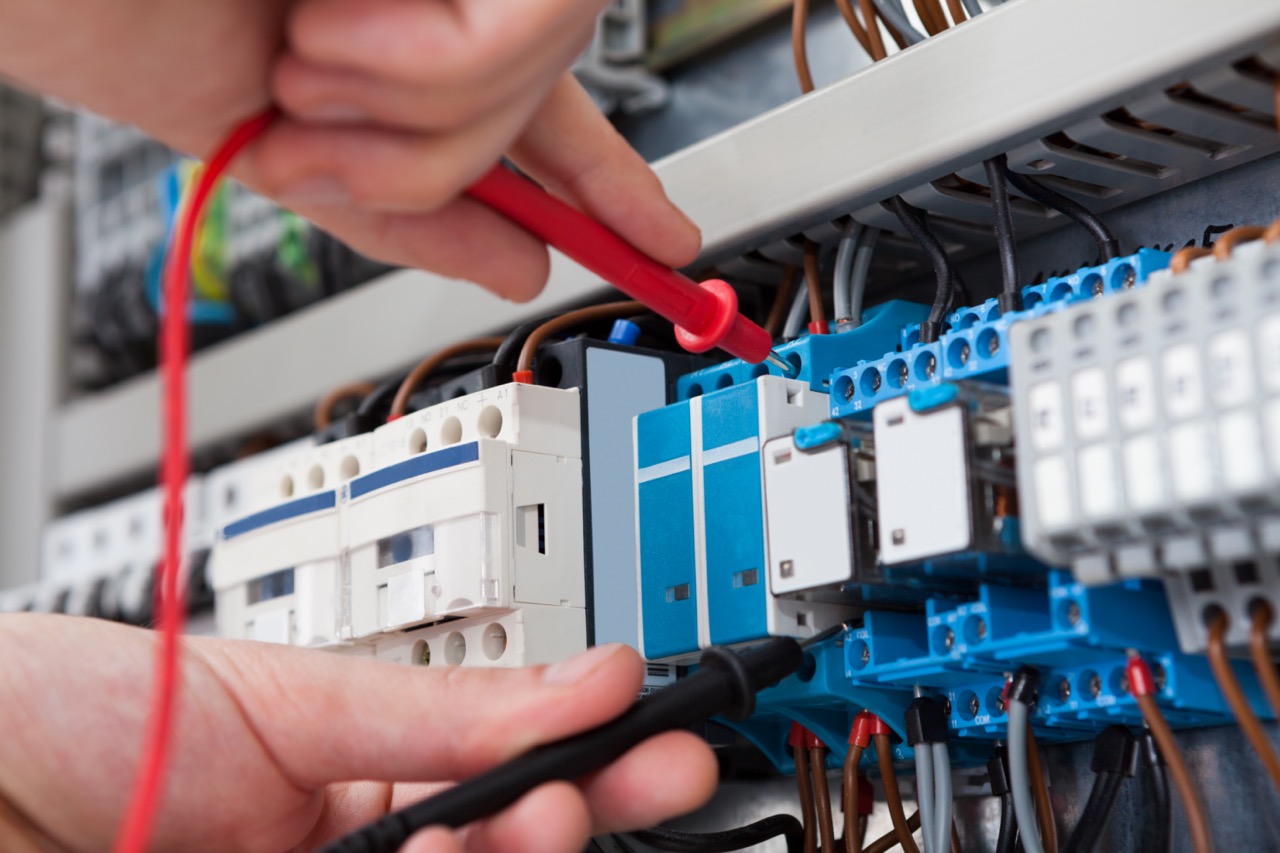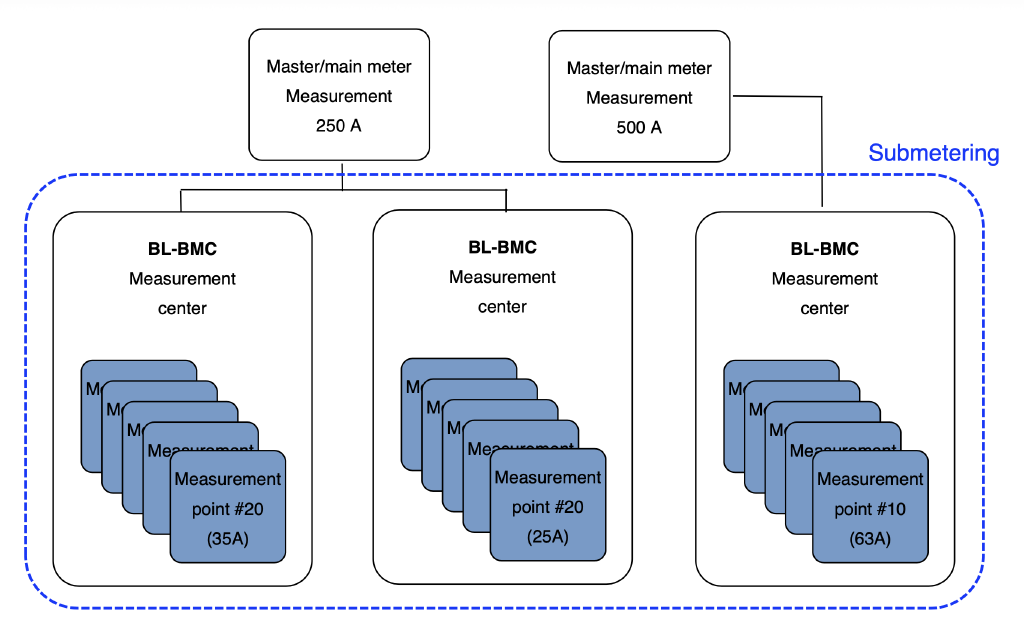Electricity Submetering as a Solution

Submetering stands as a crucial instrument in comprehending and overseeing electricity consumption. It entails the installation of supplementary meters to gauge energy usage within distinct zones, equipment or operations within a larger establishment. This approach holds immense significance across diverse scenarios where the accurate comprehension and effective management of electricity consumption hold paramount importance.
Devising a strategy grounded in a comprehensive measurement and analysis of fundamental electricity consumption. Initiating the planning of a submetering system by targeting the highest consumption areas beyond the master meter can be an optimal approach. This is due to the fact that areas with greater consumption yield the most substantial cost savings in the broader context.
Electricity monitoring, mastermeter and submeter
Submetering is a system of measuring and monitoring the usage of utilities (such as electricity) in specific areas or individual units within a larger property or building. The main components of elecricity monitoring include master meters and submeters.
Master Meter:
- Location: The master meter is installed at the primary entry point of a property or building to measure the total consumption of utilities for the entire facility.
- Scope: It provides a comprehensive measurement of the total usage for the entire property, encompassing all individual units or areas within the building.
- Ownership: Typically, the master meter is owned and maintained by the utility company that supplies the services to the property.
Submeters:
- Location: Submeters are installed at specific locations within the property to measure the consumption of utilities for individual units, sections, or specific equipment.
- Scope: Submeters allow for more granular tracking of utility usage, providing detailed information about consumption patterns in different areas or units.
- Ownership: Submeters are typically owned and maintained by the property owner or manager rather than the utility company.

Overall, submetering provides a more detailed and equitable way of monitoring, managing and billing for utilities within a property, promoting efficiency and accountability among users.
Benefits and advantages
Submetering has emerged as a game-changer in managing utility consumption across various sectors, including industrial facilities, commercial spaces and apartment buildings. This innovative approach to utility monitoring offers tailored solutions for each setting, ushering in an era of increased efficiency, cost savings, and sustainability.
- Submetering allows for a fairer distribution of utility costs among the users or tenants based on their actual consumption. This is in contrast to a scenario where all users share the costs equally, regardless of their individual usage patterns.
- Submetering provides valuable data for analyzing and optimizing energy or water usage. Property owners can identify areas of high consumption and implement measures to improve efficiency.
- With submeters, billing can be more accurate, as it reflects the actual usage of each individual unit. This can lead to increased transparency and fairness in billing practices.
- Submetering can encourage users to be more mindful of their resource consumption, as they are directly responsible for the costs associated with their usage.
- In some cases, submetering may be required by local regulations or building codes, especially in multi-unit residential or commercial buildings.
Guidelines for submetering implementation
A variety of factors must be considered in order to succeed with the goals of a submetering project. Important questions are eg. Is the monitoring temporary or permanent? or How accurate does the collected information need to be?
Do not underestimate the tendency to expand the scope of the submeter plan. More features or more submeters may not fulfill objectives and may be more expensive.
Cost of submeters and their installation may be prohibitive for your agency, as well as the complexity involved in successfully transmitting raw data in a way that makes it easy to analyze. Big question is how to maximize value while minimizing cost.
Data and device interoperability is important – systems sample data at different intervals, communicate with different protocols and transmit data in a variety of formats.
Standard protocols facilitate interoperability between different systems. Submeter communication – where does the submeter send data – a computer, energy management system, building automation system or web-based service. The method must be compatible with your agency’s infrastructure and building systems.
There may be concerns about the potential misuse of the data collected, such as the possibility of the data being used to track the behavior of individuals. To address these concerns, it is important to implement appropriate measures to protect the data, such as encryption and to limit access to the data to only those who need it.

Buildlink BMC simplifies electricity consumption measurement and management through a hybrid Software-as-a-Service (SaaS) platform with innovative submetering measurement unit. Modern solution help companies to discover energy consumption and cost saving opportunities that will improve their businesses performance.
Learn more